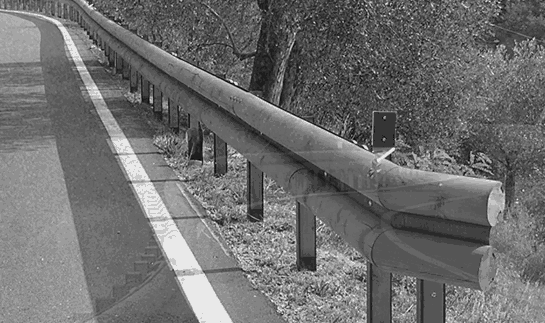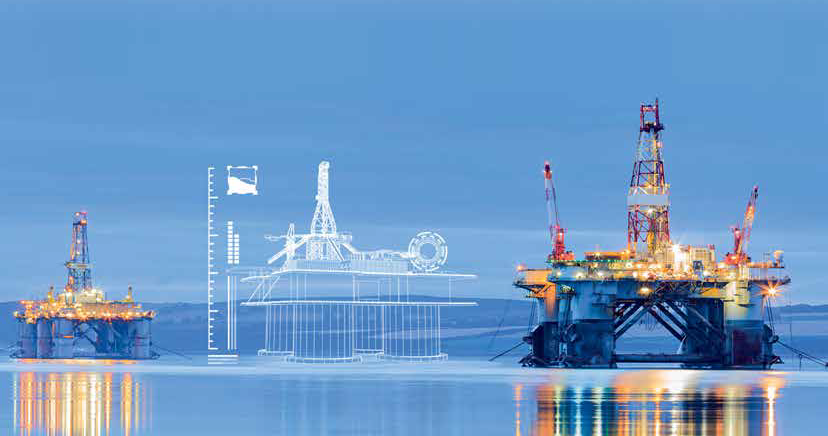Ansys LS-DYNA
One of the most flexible finite element analysis software packages

Ansys is a software suite of Ansys Inc.

Ansys is a software suite of Ansys Inc.

LS-DYNA is a general-purpose finite element program capable of simulating complex real world problems. It is used by the automobile, aerospace, construction, military, manufacturing, and bioengineering industries. LS-DYNA is optimized for shared and distributed memory Unix, Linux, and Windows based, platforms, and it is fully QA'd by LSTC. The code's origins lie in highly nonlinear, transient dynamic finite element analysis using explicit time integration.
"Nonlinear" means at least one (and sometimes all) of the following complications:
"Transient dynamic" means analyzing high speed, short duration events where inertial forces are important. Typical uses include:

Send your technical questions to our experts!
Connect you with an EnginSoft expert who can provide a reliable answer to your technical question or recommend a
proven solution.

CASE STUDY
The barrier has been thoroughly tested and certified against car and bus impact conditions.
automotive ls-dyna

corso a calendario online
L'obiettivo del corso è fornire all'utente le basi per avviare un veloce percorso di apprendimento all' utilizzo del software.
ansys ls-dyna training
CASE STUDY
This technical article describes a project that was undertaken by TAE SUNG Software and Engineering, in collaboration with DY AUTO in Korea, to establish a computerized process to conduct three-dimensional real-scale analysis of any of the three types of windshield wiper currently in use, and to establish a specific standard for evaluating wiper performance.
automotive ls-dyna ansys

CASE STUDY
This article combines the use of the finite element method with a Design Thinking approach to reconstruct a road traffic accident for an traffic accident insurance report in order to analyse the outcome of the accident, compare the respective property damage, and the physical injuries to pedestrians or passengers in order to limit the quantity of large claims compensation for the insurance company, while ensuring the fairness of the compensation for the customer to foster greater trust and credibility in the insurance provider.
automotive ls-dyna

CASE STUDY
In this technical article, the authors discuss the development of CAE models for simulating the behavior of shaped charges, devices used in various industrial sectors, against two types of target – a monolithic steel target and a multi-layer steel-ceramic target – in order to better understand the physics of penetration.
ansys ls-dyna civil-engineering mechanics oil-gas